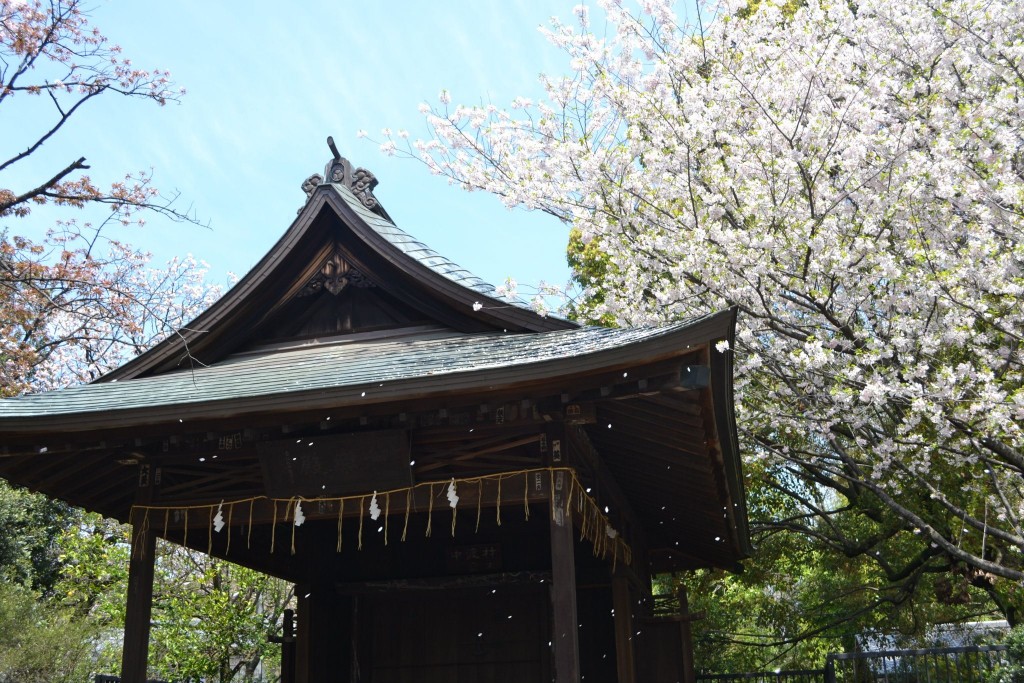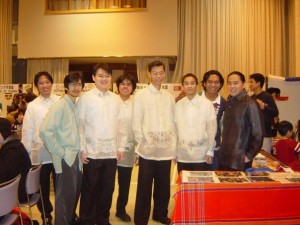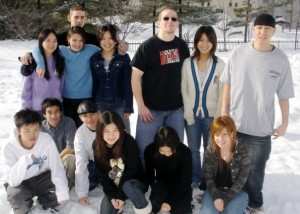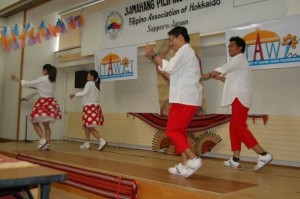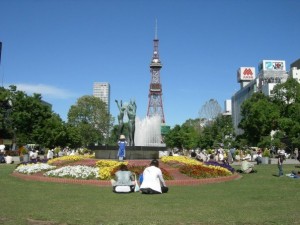A few weeks ago, the island of Taiwan was brimming with student protests over the country’s recent trade pact with the People’s Republic of China. After the ruling party, Kuomintang (KMT), had passed a Cross-Strait Service Trade Agreement with China without any review from the Democratic Progressive Party, the opposing party. Promised to bring more life to the stagnant Taiwanese economy, the trade pact was feared to give even more control of Taiwan to China. Students were enraged over the KMT’s blatant dismissal of the public’s request for clause-by-clause review of the already controversial bill. Earlier this year, from March 18 to April 10, Taiwanese students took their protests to not only the streets of Taipei but into the chamber of the Legislative Yuan and Executive Yuan. I was talking to my American friend about the difference between Occupy Wall Street and the recent student protests in Taiwan, nicknamed the Sunflower Movement after a florist had donated 1000 sunflowers to the cause. He predicted that the Sunflower Movement would gain more success because the students had a specific goal—a call for new legislation that would monitor the China-Taiwan agreement process and to postpone the enforcement of the trade agreement until the legislation is enacted.
And for a while, that future seemed very likely. My friends would return from protests, and praise and inspiration would just spill out of their mouths. In the beginning, the protests were peaceful and strong. The professors at my university would encourage their students to join in. As a foreign exchange student, I couldn’t take part. My exchange program sent clear and direct emails warning me of possible deportation if I got involved, but that didn’t stop a lot of people from joining in on the singing, the chanting, the occupation of the governmental buildings, etc.
Being so close to the action, which was only a few bus stops away, was intoxicating. Protests in the US seem too far off and distant for me to feel connected because the country is huge and even events in the next state seem light years away. Here in Taiwan, however, I was so close to the action—my friends littered my newsfeed on Facebook with updates about the protests, every conversation mentioned some news, the university’s campus was covered in flyers and sunflower decorations in support for the students.
Despite the abrupt surge of violence during the latter part of the Sunflower Movement, the protest suddenly came to an anticlimactic halt. The adrenaline from the protests was languishing just as midterm season came around. Students came back to homes and directed their energy back to their studies. Just like that, the protests were over. A lot of my friends went out of their way to detach themselves from the protests. They viewed them as dumb and useless, and they were particularly smug after the protests had quelled down.
But the protests were anything but dumb or useless. Even though the outcome was not at all ideal, it was still incredibly inspiring to feel the power of the students. I felt so close to change, even though I as an American would not directly be affected by this protest. People from all walks of life took the students seriously because they were organized and driven in their desires to right the wrongs the Taiwanese government had done in order to pass the Cross-Strait Agreement. The weeks of protests and the students’ clamor for change were enough to force negotiations between the student leaders and the President. Although seemingly fruitless, the negotiations signaled that students are a force to be reckoned with and are more than just their school textbooks. These students have ambition and drive outside of academics, and they are the future of Taiwan.
Photo Credit: Aljazeera America


